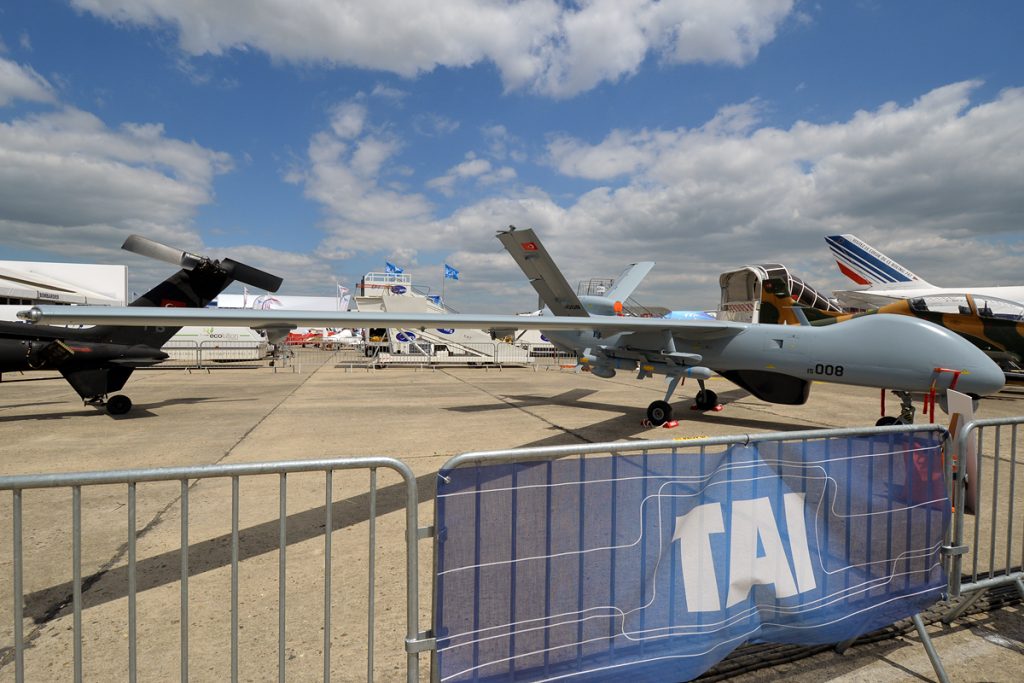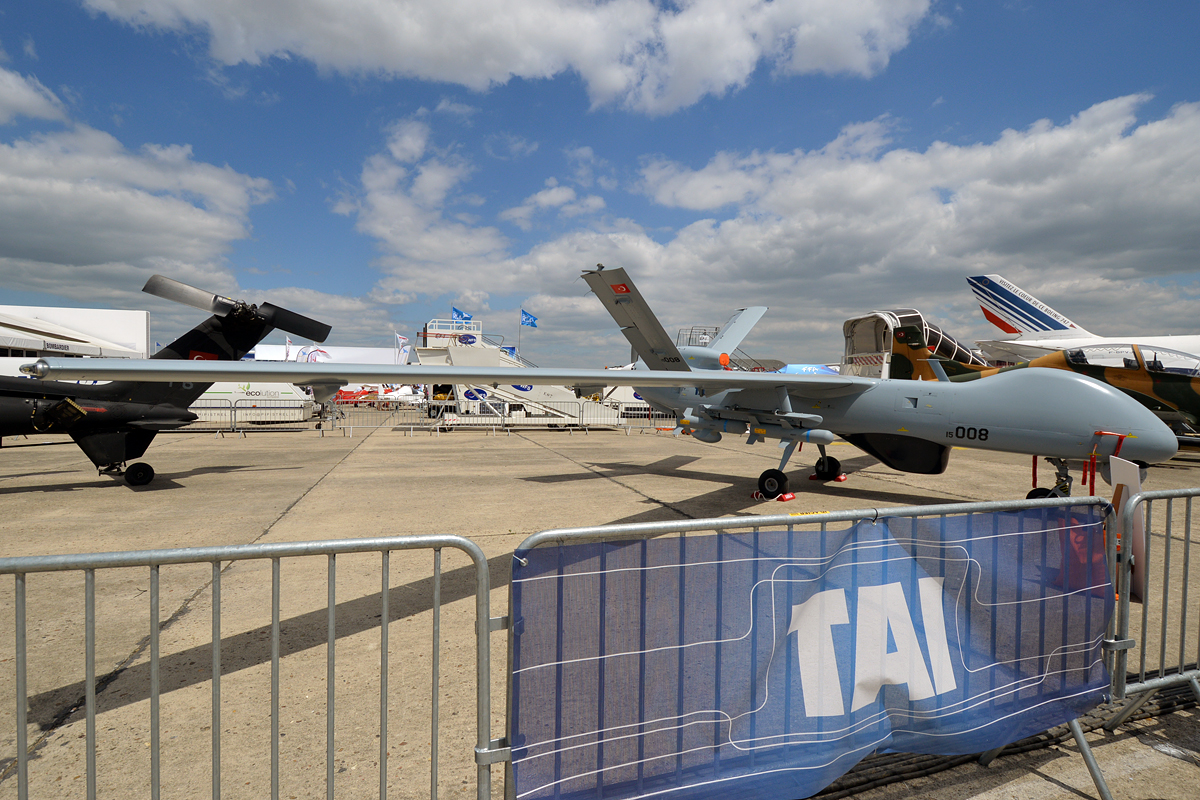
In a statement Turkish Aerospace Industries (TAI) said, the first official image of the ANKA-3 unmanned fighter jet has been released.
The first flight of ANKA-3 has been scheduled for later next year. From the shared photo, two supersonic drones can be seen attached on the ANKA-3’s external weapon stations.
In a statement released to the Turkish media, Ankara’s Defense Industry Presidency Chairman Professor Dr. Ismail Demir said, for the first time TAI has developed an unmanned combat aircraft.
“Wait for it, it’s on the line,” said Professor Demir.
According information obtained by SavunmaSanayiST.com, TAI’s unmanned fighter jet will have a maximum take-off weight of around 7 tons. The ANKA-3, which is expected to make its first flight in the second quarter of 2023, is being developed in light of the ANKA series of unmanned aerial vehicles’ experience.
The ANKA-3 was primarily designed for air-to-ground missions. As a result, deep-strike and DEAD/SEAD missions will be among the primary attack capabilities of the aircraft.
The Turkish industry’s ANKA drone family has both domestic and international appeal. The Turkish army, for example, operates an ANKA-1 variant. This drone has also already been exported to three different countries.
The second member of this drone family, the ANKA-2, is also used by Turkish defence and has been sold to two countries. Apart from Turkey, other countries with ANKA drone operators include Algeria, Chad, Indonesia, Kazakhstan, Kyrgyzstan, Malaysia, and Tunisia.
Turksi has grown to become not only a major manufacturer of military reconnaissance and attack drones, but also a market leader on a global scale. The success of Turkey’s most well-known drone, the Bayraktar TB2, has created opportunities for Turkish defence to sell unmanned products all over the world.
Qatar, Libya, Ukraine, Azerbaijan, Turkmenistan, Morocco, Ethiopia, Kyrgyzstan, Somalia, Pakistan, Djibouti, Burkina Faso, Rwanda, Togo, Niger, Nigeria, Poland, Mali, and the United Arab Emirates, for example, already operate Bayraktar TB 2.
For example, the ANKA and Bayraktar series manufacturers continue to produce low-cost drones that are efficient and perform the tasks for which they were designed. These drones are inexpensive and can be used to protect and defend a country’s air, land, or sea territorial integrity. Turkey also manufactures drones for a country’s naval forces. They are intended to launch from aircraft carriers.





